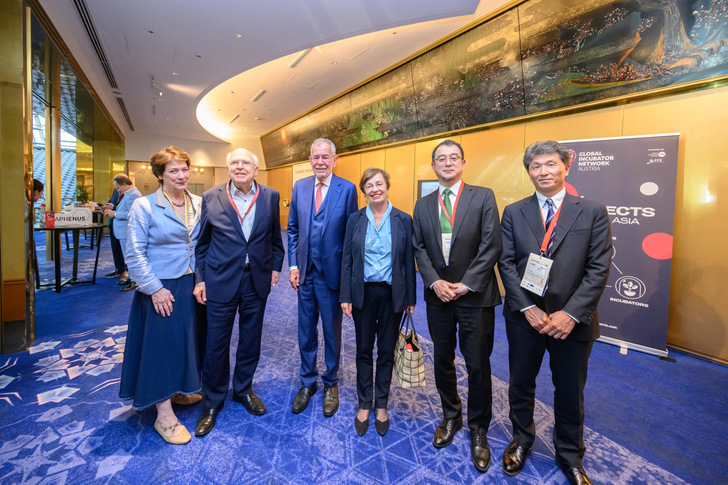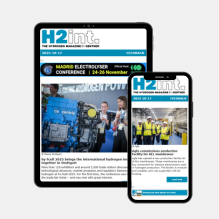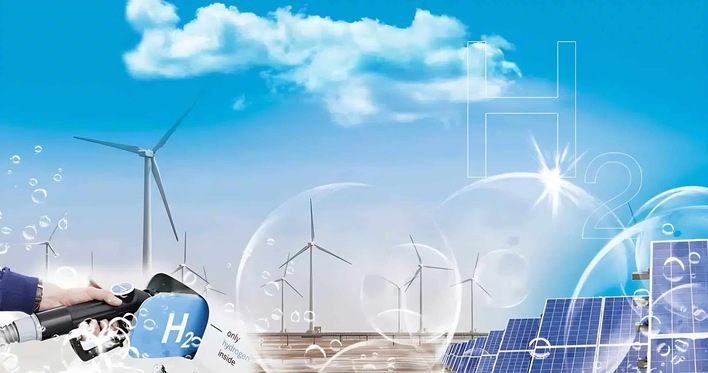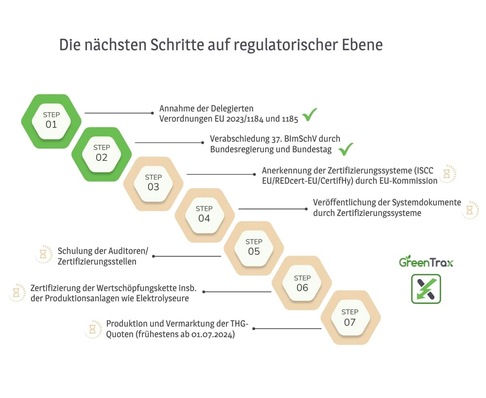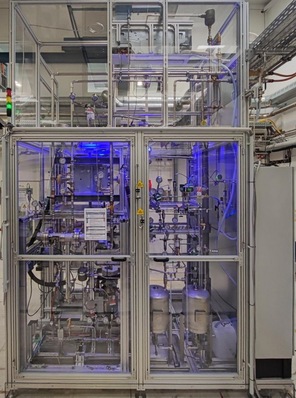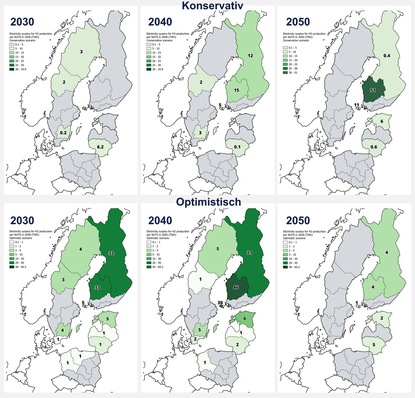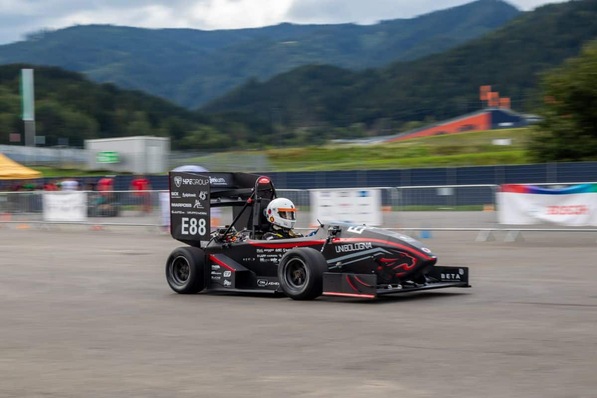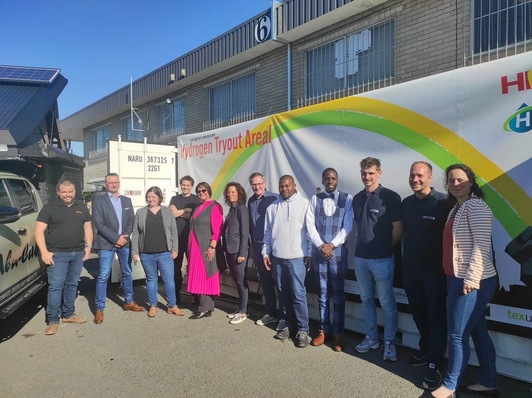The collaboration focuses on the development, scale-up, and industrialization of SOEC technology. According to the partners, solid oxide electrolysis offers higher energy efficiency compared to conventional methods such as alkaline, PEM (proton exchange membrane), or AEM (anion exchange membrane) electrolysis. Like solid oxide fuel cells (SOFCs), SOECs operate at high temperatures. In principle, this heat can be supplied from external sources. The two companies are targeting industrial waste heat as a source—such as from steel production, refineries, the chemical industry, or the production of synthetic fuels.
The companies bring complementary expertise to the table: Niterra has decades of experience in the development and manufacturing of solid oxide cells and stacks. Headquartered in Nagoya, the company is best known for its ceramic-based automotive components such as spark plugs and oxygen sensors. AVL complements this with its know-how in integrating stacks into modules and in developing complete electrolyzer systems.
Together, the partners aim to develop high-performance stack modules and fully integrated systems for industrial applications.


